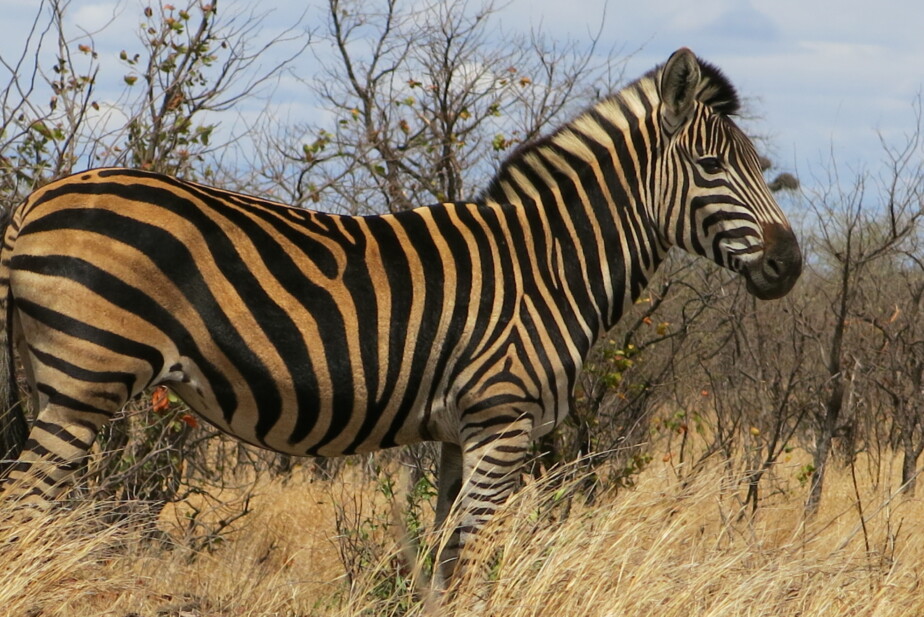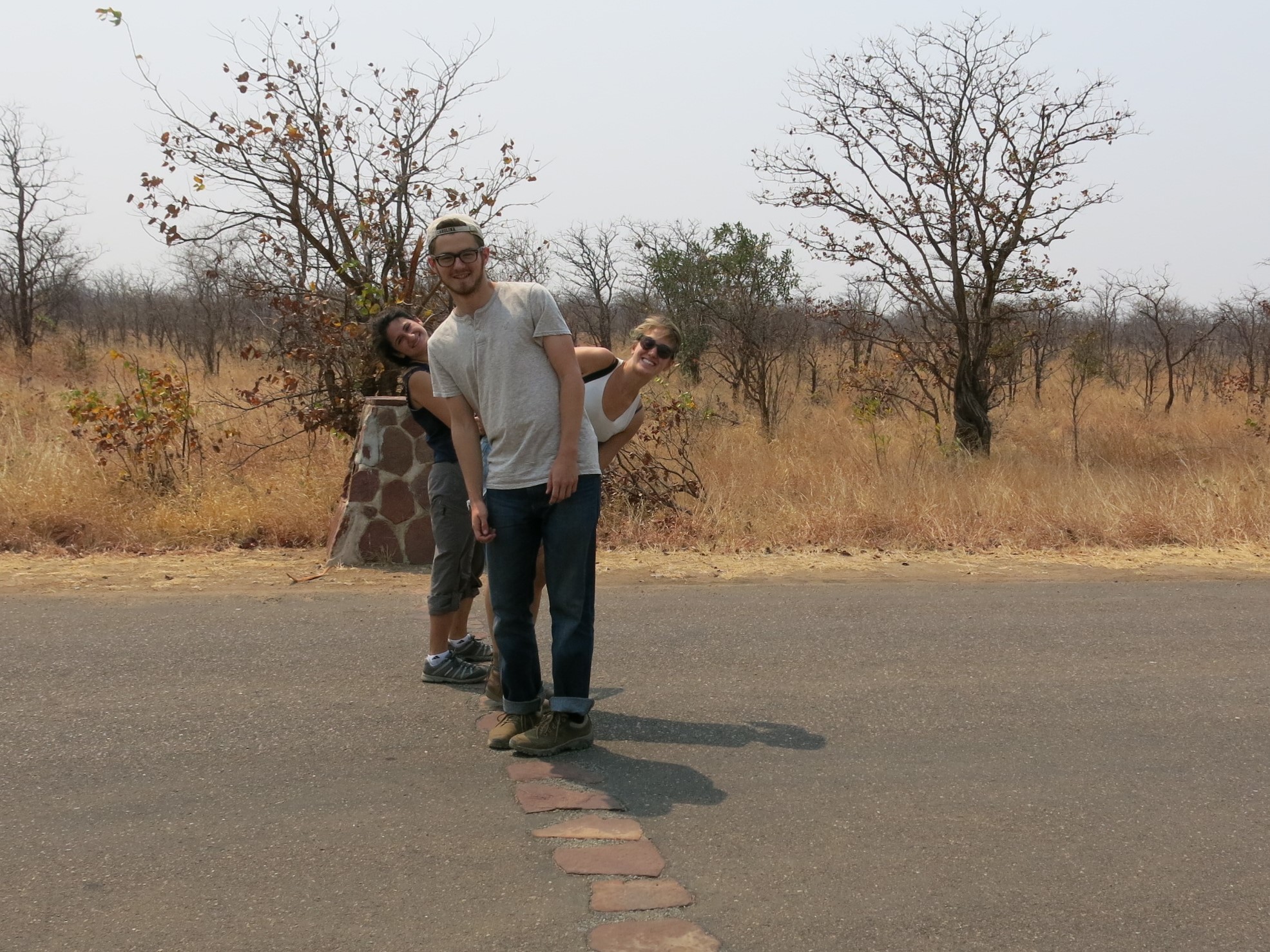
by Thomas Elliott

9/10/2014
Avuxeni! Mi njani? Ekaisa!
(Hello! How’s it? It’s hot!).
The experts over in Norway (tip: Norwegian website yr.no is considered world’s best meteorological website out here) say it’s about 38 C, or 100 F. Fortunately, I spent the day in the field.
SUNRAE (Sustaining Natural Resources in African Ecosystems, the program I work for) is in the process of setting up natural resource monitoring plots in a few of the local villages. While any number of resources could be monitored, our work specifically deals with firewood harvesting. Our job is to set up the plots, while the actual monitoring will be done by others. This is an extremely labor intensive task, but fortunately the university (Wits) has been assigned four environmental monitors, two of which are being used for this project.

The South African government, in an effort to decrease unemployment, created the expanded public works program. This provides labor intensive jobs in rural areas that improve the community such as grass cutting, road improvement, and environmental monitoring. There are eighty monitors living within my area, the Kruger to Canyons Biosphere. This is an area characterized by Broad-leaf savanna species on the granitic hill crests, and fine-leaf species in the more clayey riparian zones. Further towards the east, there are also instances of Mopani-veld, where the plains are dominated by a single species particularly well adapted to low rainfall levels.
So, what does a natural resource harvesting research plot look like? Well, it’s essentially a (rough) square set between corners demarcated by large trees. By the end of next week, we are hoping to have 12 of them set up over two villages. The idea is that, every month, our environmental monitors will go to these plots and figure out how many trees, of what species and at what stem diameter, have been cut. At the end of the study period (which has not yet been determined), the data will be compiled and we will be able to look at what species are harvested most, and at what points in the year.
Another project currently going on here is looking at coppice management. What this means is that because trees, upon being cut almost to the ground, will grow new shoots that will be harvestable within a few years, coppicing is seen as a strategy to potentially sustainably harvest fuel-wood. This will also help determine whether or not more education is needed locally to help the communities optimize the productivity, and sustainability, of the ecosystem over time.
In other news, I would bet that my daily commute is probably one of the most exciting commutes in the world. On any given day, it’s quite possible to see Kudu, Zebra, Impala, Duiker, Giraffe, and if you’re (un)lucky, Leopard.
For the moment, I’ve managed to get my hands on a bike, which has proven to be an exciting way to view the wildlife. I have been into Kruger National Park, South Africa’s world famous conservation reserve, a few times. I’ve seen Lions, hundreds of Elephants, Buffalo, Giraffe, almost everything except Leopard and Cheetah (incidentally the two animals I most want to see). I am in love with the wildlife both here at home, and in the park. If any of you reading this make it to South Africa, put Kruger on your list. You won’t regret it, I promise.
The next few weeks hold much of the same work: setting up research plots, office work, and perhaps a new trip to Kruger where some friends and I are going to try and track lions, on foot. More on that later.
